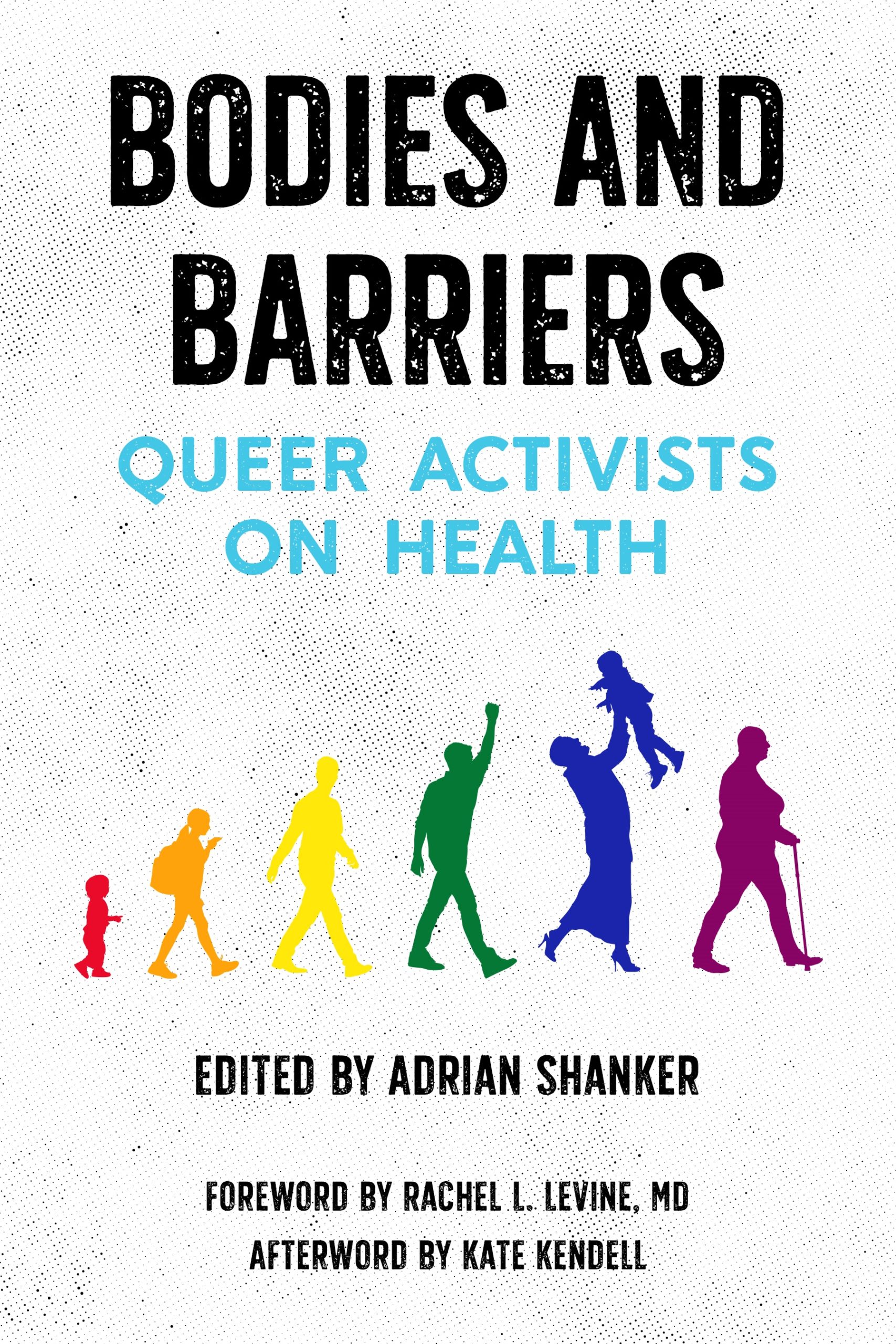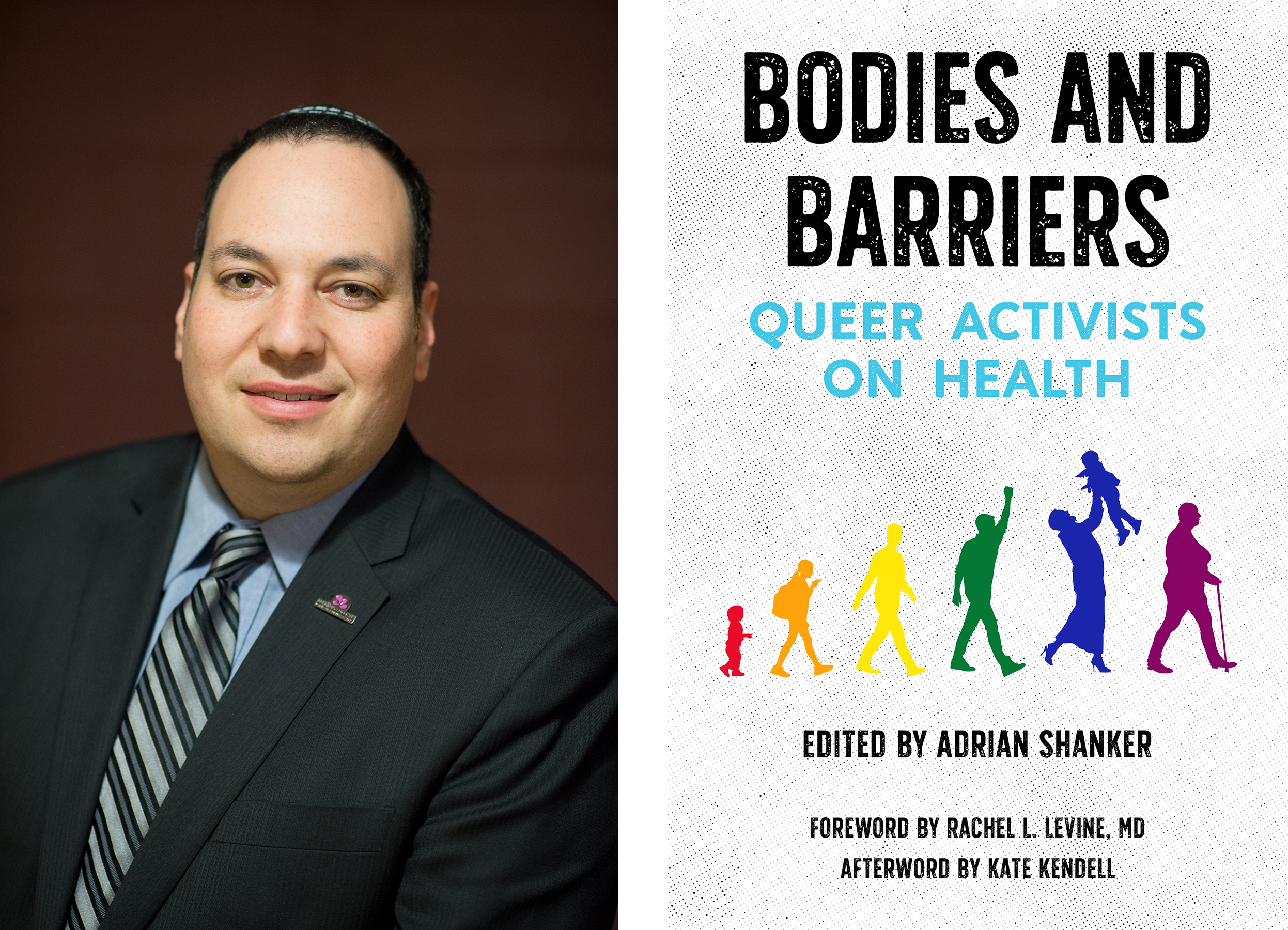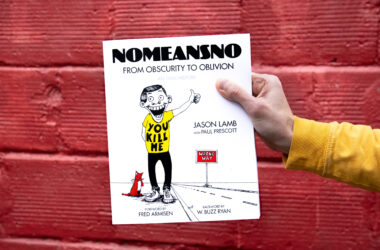Stigma and LGBT Youth | The Need for Affirming Care
By Abby Feinburg
Healing Magazine
July 25th, 2020
LGBT youth face a variety of coexisting challenges, from family rejection to school bullying — to the impact of stigma in addressing their mental health concerns. As a KidsPeace clinician, I know it is important to provide affirming care for every person we serve.
Adrian Shanker founded and directs the activities of the Bradbury-Sullivan LGBT Community Center in Allentown, PA. A widely respected health policy leader in Pennsylvania, Adrian led the successful efforts to ban the harmful practice of “conversion therapy” in the cities of Allentown, Bethlehem, and Reading. In his critically acclaimed new anthology Bodies and Barriers: Queer Activists on Health, he brings forth an important conversation about mental health and stigma facing LGBT youth.
I had the opportunity to read and discuss this new book with Adrian.
AF: Adrian, tell us a little bit about the stigma surrounding mental health issues for LGBT youth.
AS: HIV activist Sean Strub says that “stigma is about other people making a moral judgement about your worth.” We know that stigma is a significant barrier to care when it comes to mental health services for the LGBT patient population. LGBT people need to know that the care we will receive is affirming, that we won’t be judged or shamed, that we can speak to clinicians openly about our lives.
Sadly, this isn’t often the case. In my introduction to Bodies and Barriers, I wrote: “Throughout our lives, LGBT people experience unique structural barriers to care that lead to higher behavioral risk factors for numerous sexually transmitted and chronic diseases. When compounded with past negative experiences in health care settings, including outright discrimination, the LGBT community experiences worse health outcomes than the majority population.”
Stigma exists at the intersections of barriers to care, societal expectations, and normalized discrimination. In Strub’s essay about HIV stigma in Bodies and Barriers, he writes “[Stigma] is about our words being discounted before they leave our mouths, marginalization, ‘othering,’ and, very importantly, self-stigmatization and the internalized stigma we absorb from the broader society.”
Whether we are talking about HIV stigma, mental health stigma, stigma related to sexual health, or addiction, or any of the other health challenges harming the LGBT population, the effect of stigma is the same — it holds us back from accessing the care we need, from asking the questions we need to ask to our care providers, to receiving the support from friends and family who may not be aware of what we are going through. For LGBT youth, stigma can be deadly. So it’s up to us as activists, as community members, as healthcare workers, and as family members to make this world better for the LGBT youth who are trying to survive it!
AF: What can parents of LGBT youth do to be supportive?
AS: The first thing is simple — just be supportive. Parents don’t need to be experts in everything related to the LGBT community, but they do need to ensure that their kids are safe in school, that they are receiving healthcare from an LGBT-welcoming provider, that their kids know that they are parents who love and support them for who they are.
The second thing parents can do is to be advocates. Parents can accompany their LGBT kids to Pride events, they can read books and learn about LGBT issues, they can take a stand against anti-LGBT policies in their school or community. These are just some of the actions supportive parents can take.
AF: In Ryan Thoreson’s chapter “Health and Human Rights for LGBT Youth” in Bodies and Barriers, he writes about how affirming care can make a difference. He wrote “LGBT youth are not inherently doomed to experience poor health; affirming interventions can make a measurable difference in their health and well-being.” Talk to us a little bit about these affirming interventions.
AS: Affirming interventions can include parents making it clear that they love and support their LGBT children, so that youth don’t fear family rejection. It can include clear school policies that affirm the lived realities of LGBT youth. It can include pediatric care professionals teaching transmasculine youth how to wear a binder safely. It can even include something as simple as clinicians sharing their pronouns with the youth they are seeing, and asking what pronouns the youth feels are most appropriate to refer to them with.
Affirming interventions can be small things or big things, but they all make a world of difference when it comes to reducing stigma.
AF: Tyler Titus writes in “Surviving Suicide” in Bodies and Barriers that “For some youth, their soul is too beautiful to be contained by anatomy.” How can those who care for LGBT youth and those who have LGBT youth in their family help to prevent LGBT youth suicide?
AS: Suicide is an epidemic that disparately impacts LGBT youth. LGBT youth need to know that who they are is wonderful. They need to not fear family rejection when they come out. They need to not fear bullying in school. They need to not fear that they aren’t living up to expectations of a gender they were assigned but do not identify with. They need to know they have adults in their lives who support them for who they are.
AF: In Emmett Patterson’s chapter “Not Your Average Sex Talk” in Bodies and Barriers, he writes about peer-to-peer sex education to help reduce stigma when it comes to sexual health for LGBT youth. He wrote “Talking about sexual and gender identity in our sex talks cannot answer the unanswerable, but it certainly makes young people feel real in a world that renders them invisible.” Tell us more about this.
AS: Even in schools that say they provide comprehensive sex education, most are not including affirming conversations about LGBT identity and LGBT sexual health. The impact of this, as Emmett writes, is invisibility — which leads right to stigma. What is invisible is then feared and stigmatized, leading LGBT youth to experience pervasive bullying. What’s more, LGBT youth often have nowhere to turn to learn about sexual health, so they turn to the one place they can access: the internet — which is not often a place to receive age-appropriate, evidence-based information.
AF: In Katharine Dalke’s chapter “Informed Consent for Intersex Children” in Bodies and Barriers, she so powerfully says “this person is stronger and smarter than you assume. Teach me about my body, and I’ll teach you about myself.” Wow. How does stigma come into play here?
AS: There’s been this assumption that youth can’t handle information about their bodies. But actually, so much data tells us that it’s better to empower youth with information about their bodies. We can ask them what they think. We can ask what questions they have, and help them to find answers. In the case of intersex youth, this is very important. Informed consent is a standard of care in most areas of medicine and it should be applied to the care of intersex youth.

Abby Feinburg, M.S.W., L.C.S.W., has been a clinician at KidsPeace since 2015. She has worked in both KidsPeace Children’s Hospital and the organization’s Pennsylvania residential programs.
Adrian Shanker is an award-winning activist and organizer whose career has centered on advancing progress for the LGBT community. He has worked as an arts fundraiser, labor organizer, marketing manager, and served as President of Equality Pennsylvania for three years before founding Bradbury-Sullivan LGBT Community Center in Allentown, PA, where he serves as executive director. An accomplished organizer, Adrian has led numerous successful campaigns to advance LGBT progress through municipal nondiscrimination and relationship recognition laws and laws to protect LGBT youth from conversion therapy. A specialist in LGBT health policy, he has developed leading-edge health promotion campaigns to advance health equity through behavioral, clinical, and policy changes.





